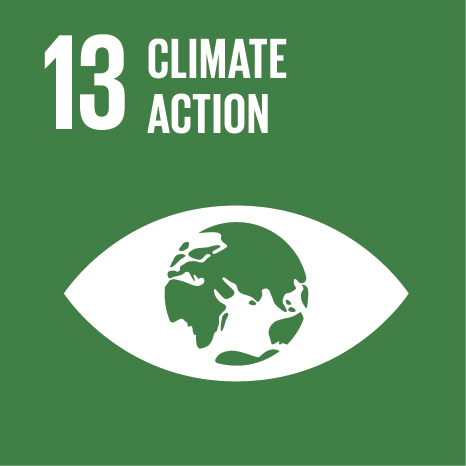Morphologies of mass-production in the Lisbon periphery. Urban design and construction patterns in the ICESA urbanizations.
Event Title
XXIX Conference of the International Seminar on Urban Form (ISUF 2022)
Year (definitive publication)
2022
Language
English
Country
Poland
More Information
Web of Science®
This publication is not indexed in Web of Science®
Scopus
This publication is not indexed in Scopus
Google Scholar
This publication is not indexed in Overton
Abstract
Demolitions and redevelopments of social housing from 1950s-1960s English Brutalism have galvanized an upsurge of interest on the architecture of this era and its key ideas. However, this is often restrained to architecture and to postwar Britain. Here, we contradict both aspects, emphasizing the implications of those ideas in urban design and morphology; and presenting a case-study located in a different context – Greater Lisbon.
Indeed, the emphasis on raw materials integrated a larger vision of urban expansion or reconstruction using industrialized elements and types of buildings or public spaces capable of mass-(re)production. Construction materials and industrial techniques laid at the basis of an architectural aesthetic, but also of a new approach to urban design.
While Portuguese cities did not suffer war destruction, by the mid-20th century they presented problems of housing shortage and dereliction, worsening as industrialization advanced. In the mid-1960s, ICESA, a construction company, introduced housing urbanization through industrialized heavy prefabrication, supported by research developed at the National Laboratory for Civil Engineering, who evaluated the design of housing spaces and several construction aspects.
The first ICESA’s scheme experience started in 1965, at Santo António dos Cavaleiros, a town in the Lisbon periphery, partly for private market and partly for social housing. The social housing project was later reproduced in other locations: Vialonga, another peripheral town, and Quinta do Morgado, within the Lisbon city. These were built by making use of industrialized elements and repeated typologies, echoing British ideas of 1950s-1960s, but also allowed to test its limits. Is a housing urbanization repeatable? How much morphological diversity can be obtained from a limited set of elements?
A comparative morphological analysis of the three above identified ICESA urbanizations, aims to target such questions and understand these examples and their underlying ideas to contribute to inform future processes of housing urbanization.
Acknowledgements
--
Keywords
Housing,Urban Morphology,Lisbon,urban periphery
Fields of Science and Technology Classification
- Social and Economic Geography - Social Sciences
- Other Social Sciences - Social Sciences
- Arts (arts, history of arts, performing arts, music) - Humanities
- Other Humanities - Humanities
Related Projects
This publication is an output of the following project(s):
Contributions to the Sustainable Development Goals of the United Nations
With the objective to increase the research activity directed towards the achievement of the United Nations 2030 Sustainable Development Goals, the possibility of associating scientific publications with the Sustainable Development Goals is now available in Ciência_Iscte. These are the Sustainable Development Goals identified by the author(s) for this publication. For more detailed information on the Sustainable Development Goals, click here.

 Português
Português




